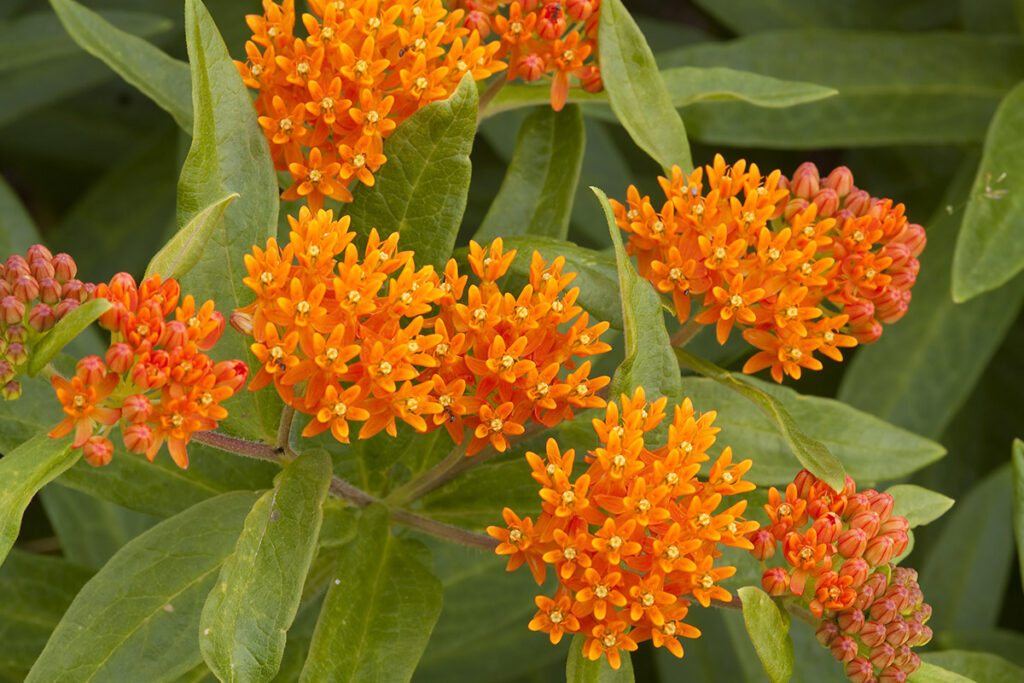The Conservation Reserve Program (CRP) is well known for its wildlife habitat preservation, but one of the most vital species the program protects is the honey bee. For decades, the honey bee population has been in decline due to disease, pesticides, lack of sufficient nutrients, and reduced natural habitat. Through essential projects such as the Honey Bee Habitat Initiative and the Pollinator Habitat Initiative, CRP is taking critical steps to encourage and rehabilitate the honey bee population by establishing nesting and foraging habitats for these crucially important insects.
Every year since the early 2000s, more honey bee colonies are decimated, and less native bee species are surviving across the country. Annually, between 40%-60% of hives are lost due to parasites, pesticides, and insufficient habitat, especially in Midwestern states such Iowa and Wisconsin, where commercial honey bee hives are most prevalent. The severe decline in the honey bee population has vast implications for the country’s food supply, as one third of all food consumed in the US necessitates pollinators. An estimated $15 billion worth of food and agricultural production is pollinated by honey bees, meaning the stakes are high for increasing and protecting these diminishing populations. Without bees to pollinate fruits, vegetables, and other crops, the country could face major impacts and roadblocks to food production in the near future.
Thankfully, programs such as CRP are taking drastic measures to mitigate the loss of the honey bee population and other pollinating insects. The Honey Bee Habitat Initiative, started in 2015, is a CRP project that improves forage and nesting specifically for honey bees, providing essential nutrition such as pollen and nectar, as well as much needed pollinator habitat. Seed mixes developed by the USDA are distributed through the program, allowing for proper cover to be developed for honey bees to graze and pollinate. Participating in this program by establishing conservation cover such as wildflowers and flowering legumes allows the honey bee population to thrive and grow. Research has shown that through CRP practices, the honey bee’s pollen and nectar stores have increased mass during winter months, indicating improved health markers. By working with commercial beekeepers, landowners participating in CRP can allow beehives to be placed on their land to securely and effectively flourish, resulting in a beneficial agreement for all parties involved.
Similarly, the Pollinator Habitat Initiative, or CP42, focuses on improving the health and habitat not only of the honey bee, but all pollinating insects that impact food and plant production. Butterflies, wasps, moths, flies, and beetles all contribute to pollination of our food supply, as well as up to 80 percent of plants grown in the US. Not only does this initiative protect these pollinators, but it also leads to a decrease in pesticide usage, as many of these insects are natural predators or parasites of crop pests.
For landowners, the benefits of participating in CRP programs like the Honey Bee Initiative and the Pollinator Habitat Initiative are abundant. The programs provide financial benefits and assistance to farmers, including a $120 per-acre Honey Bee Incentive Payment to restore bee habitats, as well as payments for management and maintenance of $100 per acre through a 10-year contract, and additional cost share payments. Sign up incentive payments are also available, mitigating startup costs and allowing farmers to swiftly alleviate dwindling bee populations and secure food production for our nation’s future.
Without the honey bee to pollinate our crops, food production and agriculture as we know it would be in grave danger. Through CRP’s initiatives to protect this widely diminishing species, otherwise unproductive and eroded lands can be used to bolster the honey bee population and ensure future agricultural security, benefiting landowners, pollinators, and beekeepers alike. In addition to improving soil quality, protecting water sources, and providing wildlife habitats, CRP is using its resources to protect our environment and safeguarding the advancement of our food supply for years to come.

